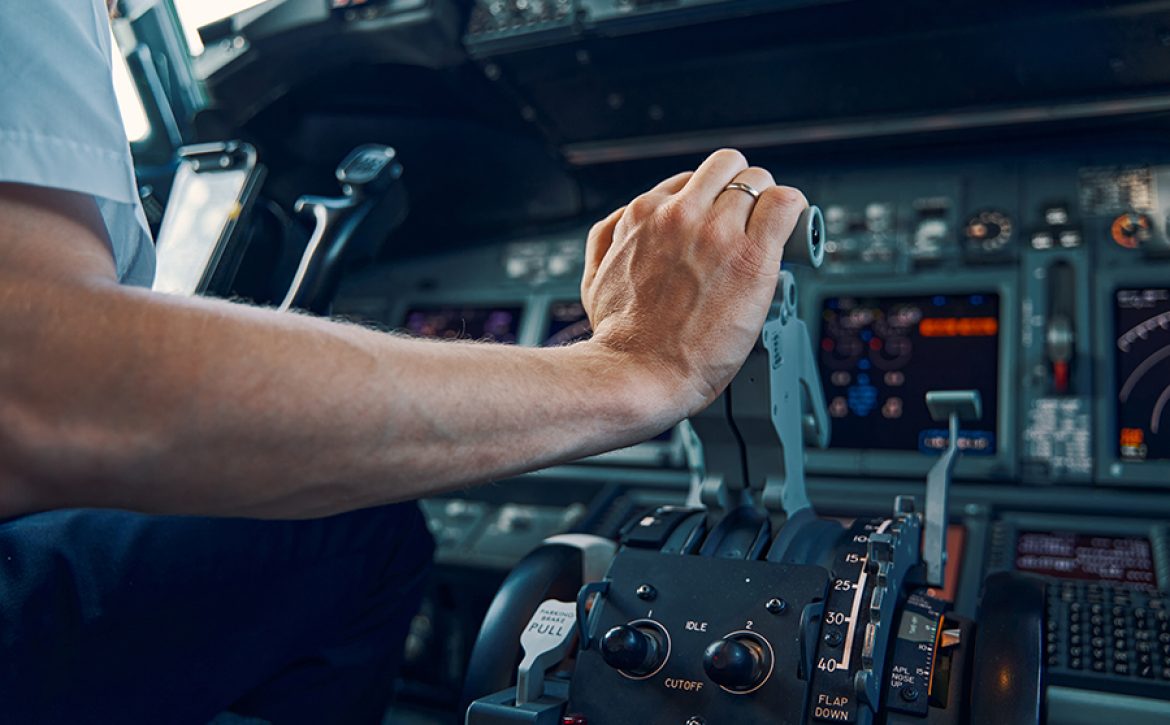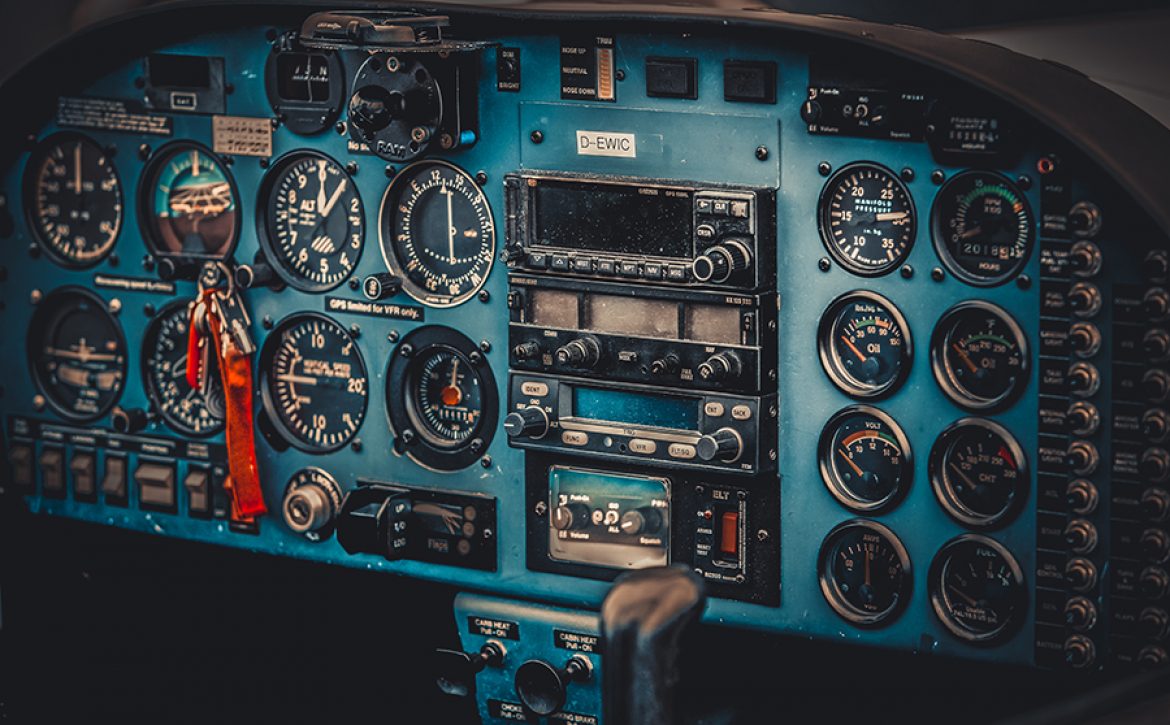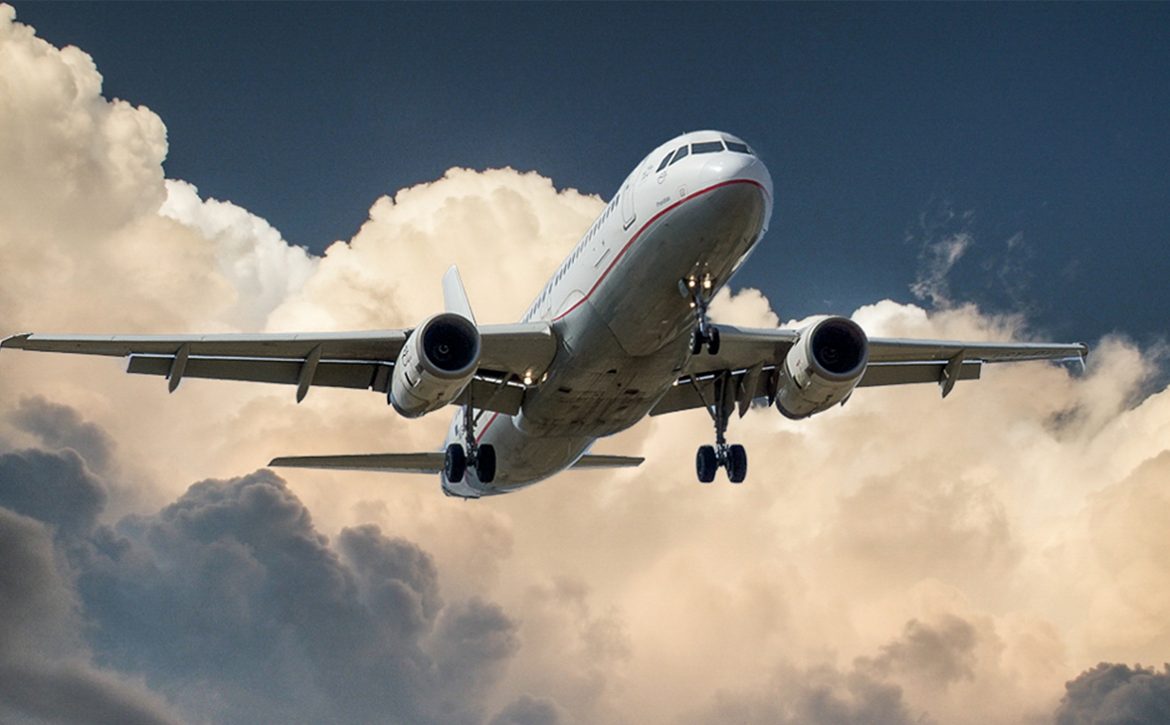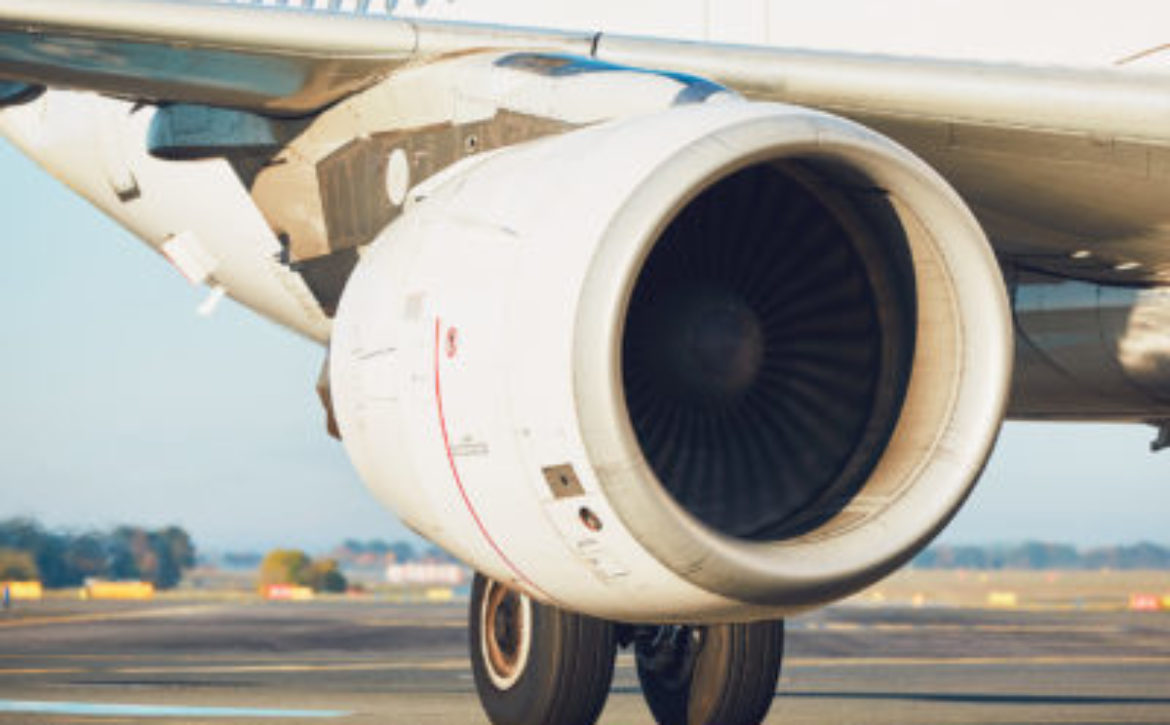How Can Aircraft Engines Increase Their Efficiency?
How Can Aircraft Engines Increase Their Efficiency?

With CO2 emissions from aviation projected to grow by 500% and aircraft-related labor costs expected to increase significantly by 2050, it is very important to analyze the fuel efficiency of our current aircraft engines. Fuel efficiency is the ability of an aircraft to extract energy from fuel. Aircraft engine manufacturers are constantly working on ways to improve fuel efficiency and significant developments have been observed over the years. In the U.S., domestic flights average 0.54 miles per gallon of jet fuel, an improvement of more than 40% since 2000. Heavier jets in the country have also recorded a 17% improvement in fuel efficiency within the same period.
This guide looks at the various ways in which aircraft and engine manufacturers have worked to increase their fuel efficiency.
Airlines and aircraft manufacturers understand that increasing fuel efficiency is the key to reduced emissions. That’s why they have been looking for new designs, materials, and technologies that would sustainably increase fuel efficiency.
Airplanes produce less carbon dioxide by enhancing engines, using lighter materials, and improving aerodynamics. Recent research has created new concepts that will continually deliver enhanced fuel-efficient aircraft in the coming years. Below are some of these technologies that aim to lower CO2 emissions and improve fuel efficiency in the airline industry.
Geared Turbofan Engine
Pratt & Whitney, a division of United Technologies based in Connecticut, came up with one of the best ideas to help reduce CO2 emissions, lower fuel consumption, and reduce noise – the Geared Turbofan Engine. In this new design, the makers focused on allowing the engine’s fan section to operate slowly. In contrast, the hotter divisions of the engine – the turbine and low-pressure compressor – simultaneously operate at much higher speeds.
The results of these engine enhancements are a reduction of operating cost by 20%, a reduction of CO2 emissions by 3,600 metric tons per year and dampening of noise levels by 50%. However, the geared engine has several problems. First, the gigantic fan needed for this engine cannot be retrofitted beneath the wings of the existing planes, meaning the engine will demand new planes designed to accommodate the enormous fan. Second, is that the new engine will demand frequent inspections to check for fatigue and cracks, which isn’t a problem with the current aircraft. Manufacturers will continue to work through these problems to find a way to make this engine more sustainable.
The Double-Bubble D8
In 2008, Pratt & Whitney, along with other engineers from MIT and Aurora Flight Science, began working on a commercial aircraft design concept. The project, named “Double-Bubble” D8, was focused on reducing noise, fuel burns, and emissions associated with commercial aircraft.
Unlike the typical aircraft, the Double-Bubble design doesn’t have an engine underneath the wings. Instead, the engineers chose to place the engines on the plane body near the tail. This change improves fuel efficiency and reduces drag. If the project turns out a success, it will lead to:
-50% decrease in community noise
-37% less fuel consumption than passenger jets
-66% reduction in emissions in 20 years
-87% decrease in nitrogen oxide emission
It’s now all eyes on the responsible engineers to have the project completed successfully.
The Rolls-Royce Trent XWB Engine
This engine features advanced materials, aerodynamics, intelligent management systems, and clearance control that enable next-generation pressure and bypass ratios. The engines show a 16% increase in fuel efficiency.
Blended Wing Body (BWB)
An aircraft that flies using a radical hybrid wing-shaped body could become a reality just a few years from today. NASA has been testing the “Blended Wing Body” plane, hoping there will be commercial designs by 2035. So far, the Boeing X-48B was made using this technology, and it looks to be taking the world of efficiency to another level.
Some of the specifications of this BWB aircraft include:
-15% weight reduction
-20% less fuel consumption
-27% less thrust needed
-20% higher lift to drag ratio
NASA says that its project with Boeing has allowed it to make a 777-size BWB plane that would be more than 50% more efficient than typical planes.
The Bottom Line
The aviation sector is making extensive efforts to increase fuel efficiency to a standard that would enhance the entire industry by reducing CO2 emissions and increasing sustainability. Airlines and aircraft manufacturers are investing billions of dollars to achieve this ideal effect. AeroVision International works with many aviation companies to obtain the most cost-effective parts and services. This allows us to offer fuel-efficient engines, engine components, APU’s and airframe components for various aircraft types and engines, including:
– ATR 42
– ATR 72
– EMB 120
– ERJ 135
– ERJ 140
– ERJ 145
– E-Jet 170
– E-Jet 190
– Legacy Operators
For all your aircraft needs, AeroVision International is just a call away!
Disclaimer:
This Blog provides general information and discussions about aviation and related subjects. The information and other content provided in this blog, or in any linked materials, are not intended and should not be constructed as instructional advice, nor is the information a substitute for professional aviation expertise or education. The content in this blog is provided “as is” no representations are made that the content is error-free.
About AeroVision International LLC: Founded in 2003, AeroVision International has become a trusted business partner to business and regional aircraft MR&O facilities and operators worldwide. AeroVision supplies business and regional commuter engines and engine parts (PT6 / PW100 / JT15D / PW300 / PW500 / TFE-731 / AE3007) in support of operators and MRO facilities around the world. With a strong focus on Embraer ERJ-135/145 and EMB120 aircraft, AeroVision offers sales & leasing of aircraft, engines, auxiliary power units, avionics and landing gear as well as outright or exchange sales of all major internal and external spare parts.
















 by
by